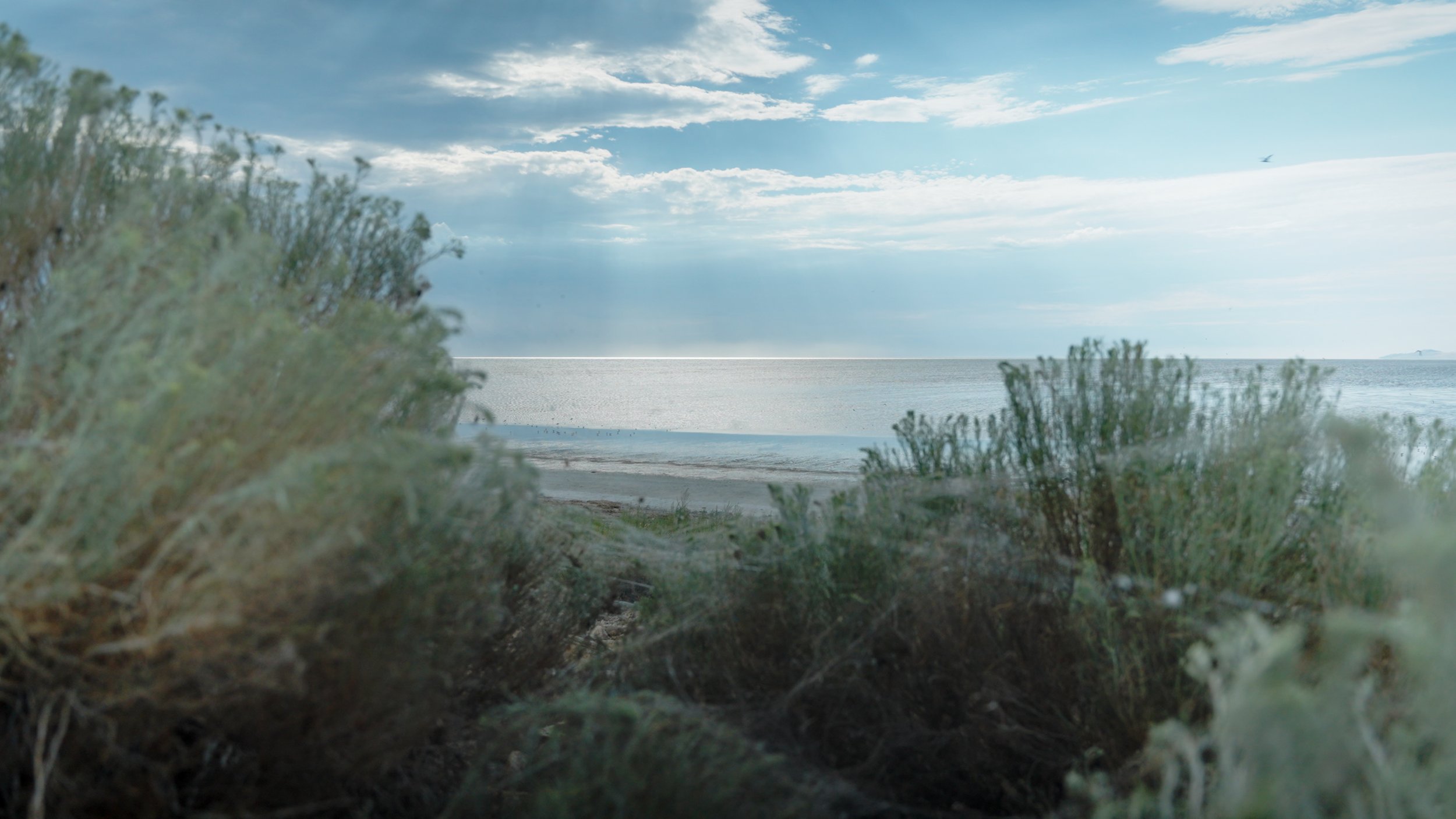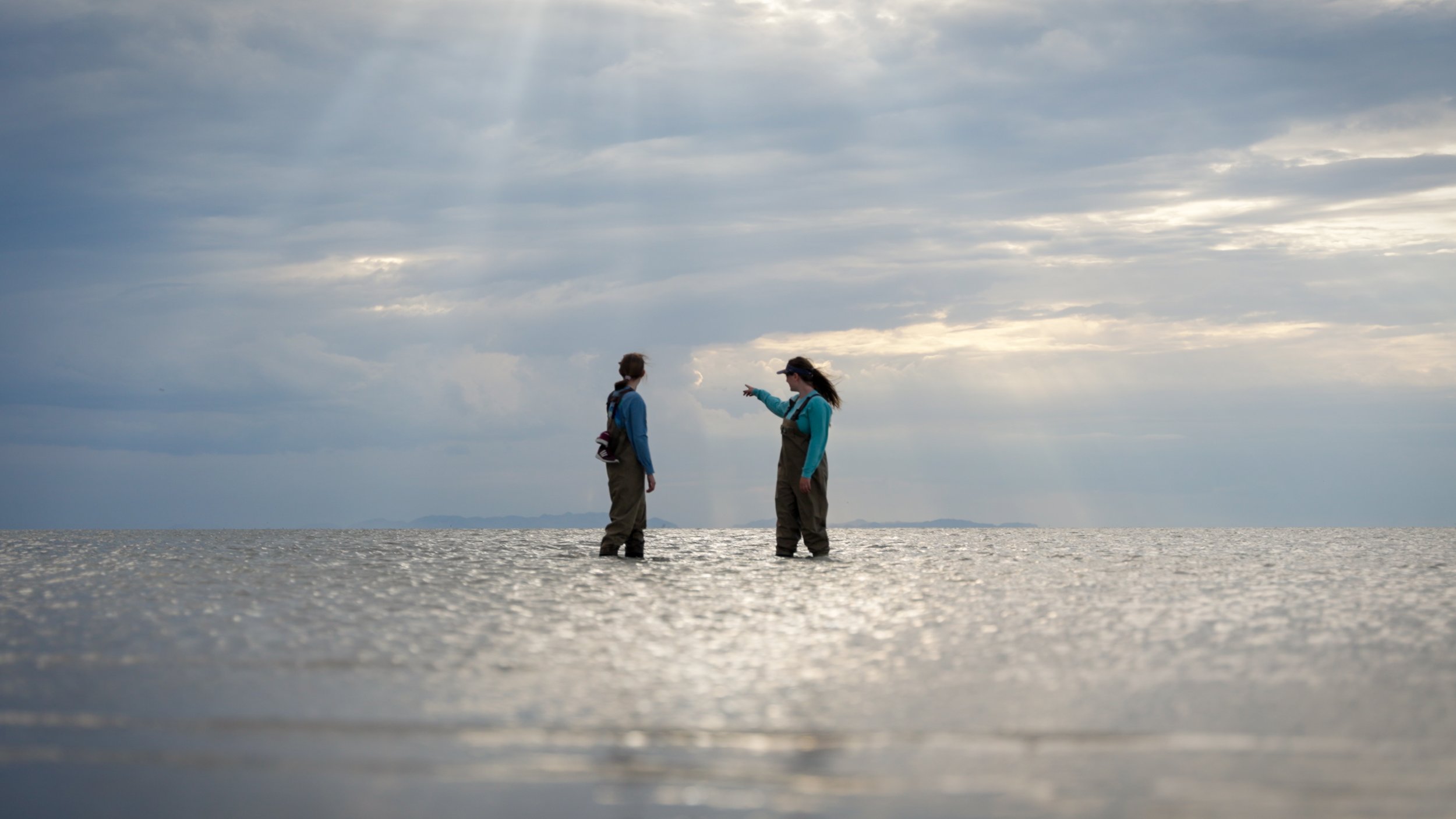
Replenish Great Salt lake
Our focus is on the ways the Drying of the Great Salt Lake effects low-income citizens living in West Salt Lake Valley. By enacting new policy and promoting a change in culture, we can preserve a healthy lake, thereby contributing to cleaner air and healthier conditions for citizens of Utah valley.












What’s new in the lab?
-
We started interviewing candidates for the research lab for fall semester. We also collaborated with other social impact lab leads to discuss concerns and possible solutions. We met with Grow the Flow team members to start work on fundraising, pitch materials, website creation, public roll-out, and potential partnerships.
-
We began work on tracking all the water inputs and outputs to the Great Salt Lake, met and strategized with partners, and established class roles and class curriculum.
-
We created logic models to project resources, outputs, outcomes, and impact of Grow the Flow initiatives. We began brainstorming class content for incoming students in the fall who will be participating. We attended the People's Great Salt Lake Summit and connected with other advocates for the lake. We learned more about the farmers' perspectives and efforts, the effects of the lake on mental and physical health, policy, environmental justice, and similar situations related to saving saline lakes.
-
We decided our niche is focusing on advocacy for underrepresented or vulnerable populations. We are exploring two main populations: the west side of Salt Lake County which is lower income and more severely affected by the lake's toxic dust, and Salt Lake citizens with pre-existing compromised respiratory health. We hope to create solutions with the lens of advocacy. We also interviewed an atmospheric scientist at the University of Utah to learn more about their research and how it relates to environmental justice. Finally, we also finalized our lab's charter, defined lab member roles, and developed more of the structure and ecosystem we operate within.
-
We had our first interview with a brine shrimp fisherman! Brine shrimp are both an indicator species and keystone species in the Great Salt Lake ecosystem, meaning the health of their population indicates the health of the whole ecosystem. Some of our insights from that interview were that technology can and should be part of the solution. The brine shrimp population was close to collapse in 2022, and this industry supports fisheries all over the country and the world. We also are really focusing in on narrowing our focus population and thinking about how environmental stewardship impacts human wellbeing.
-
Continued to email people in different sectors and do secondary research. Reviewed Grow the Flow proposal from Ben Abbott to start to define our relationship to the other people on BYU campus working on this issue. Continued work on our systems map to make it more robust.
-
Continue to build out systems map based on our research findings. Starting to identify which specific area to focus on and which population is most vulnerable to the social problem. We contacted people in different parts of our system map to interview them. We want to better understand their personal connections and how the low lake levels are changing their lives on a very micro level.
-
Finished our ecosystem map to identify all the players related to the problem. We then began creating a systems map to narrow in on specific systemic relationships and how they all connect with each other. The goal is to identify gaps and opportunities to focus in on a specific issue.
-
This week we set up ecosystem mapping and assigned sectors, conducted ecosystem research, created a presentation to show at lead meeting, and conducted more interviews and meetings with directors.
-
We conducted interviews, learned about applicants, and onboarded some employees.
-
We established the team, set expectations, and met with other team leads and mentors to set up the project.
